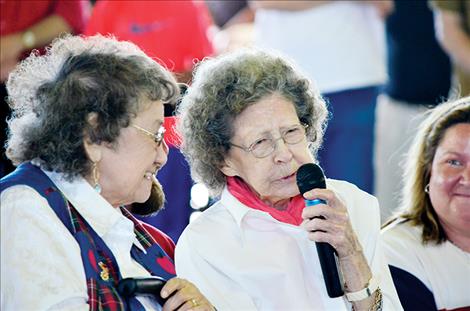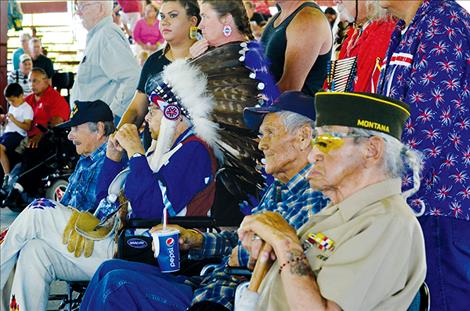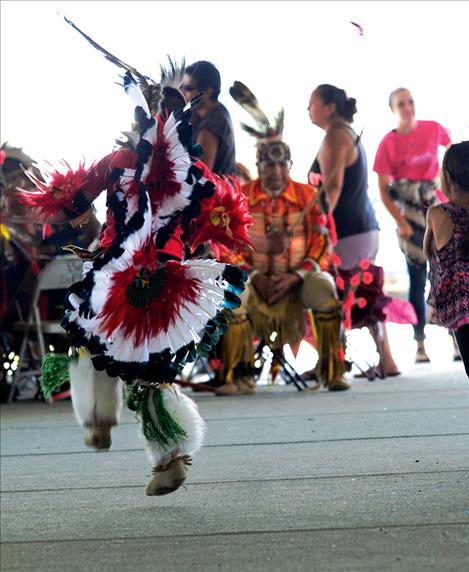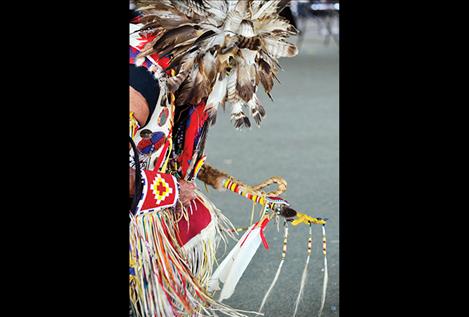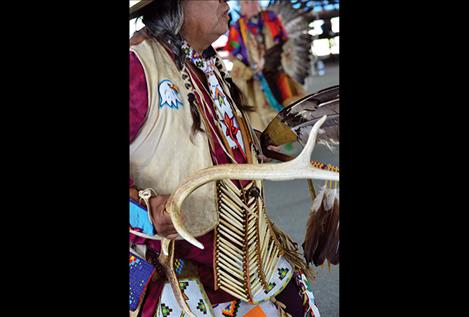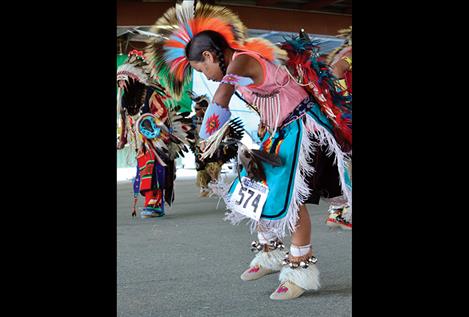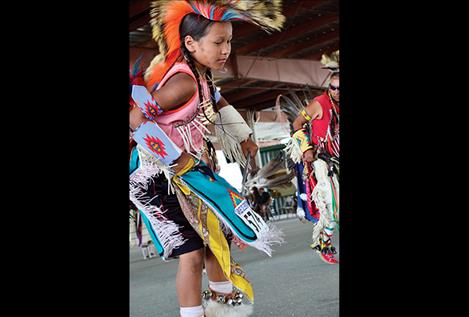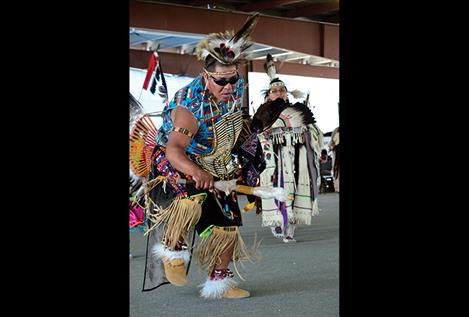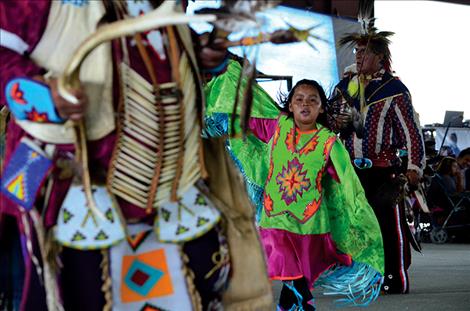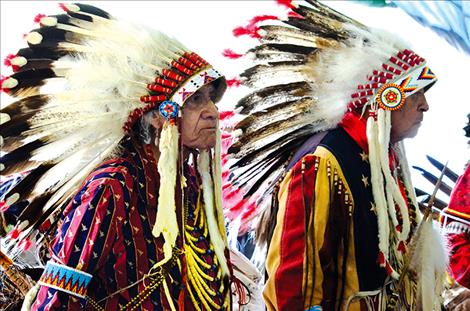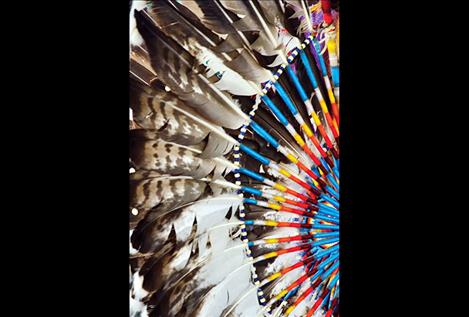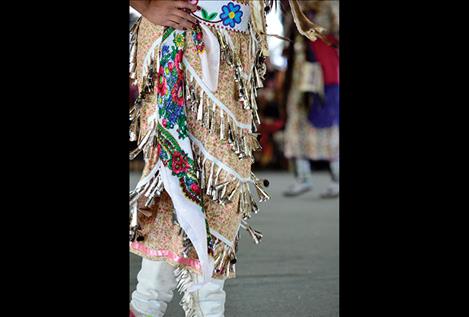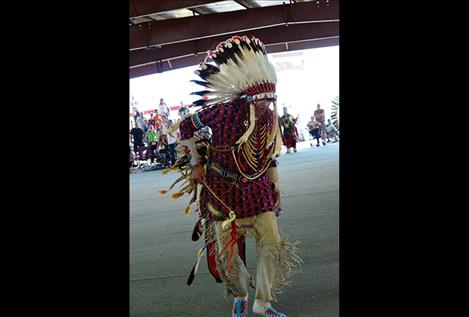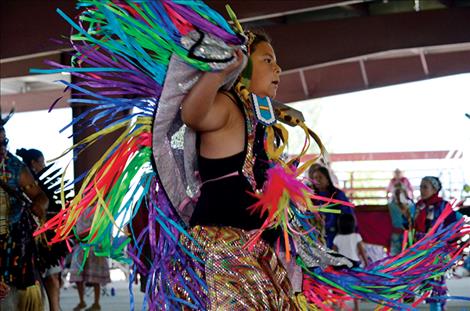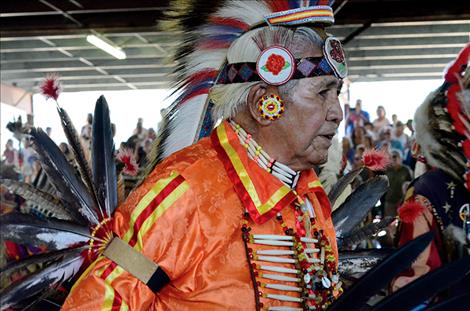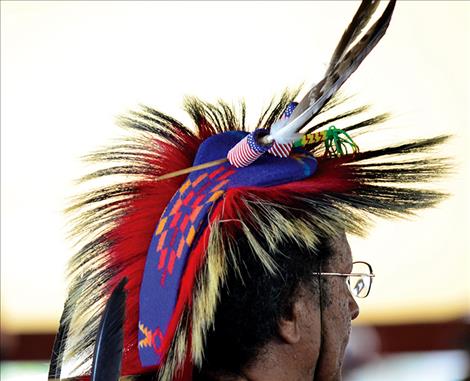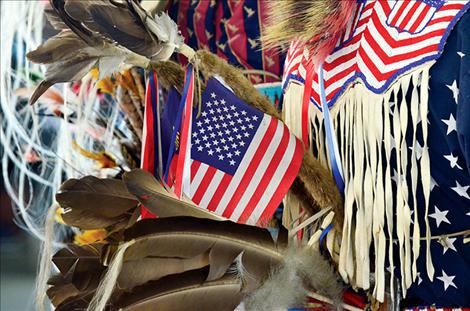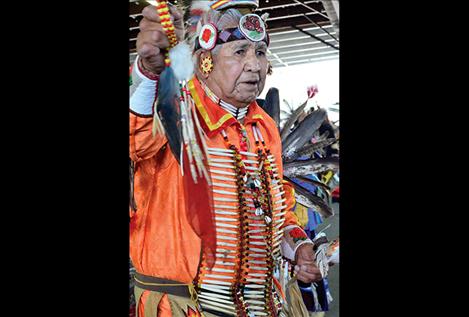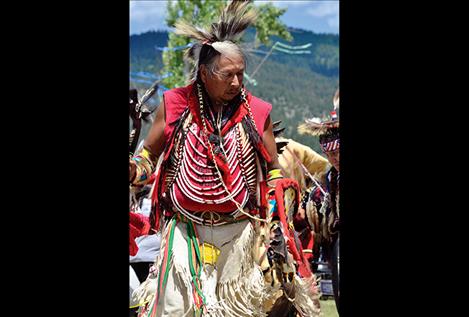Riveters honored at powwow
Hey savvy news reader! Thanks for choosing local.
You are now reading
1 of 3 free articles.
ARLEE – Generations of people don’t know about Rosie the Riveters, so the Arlee Powwow Committee decided to honor them on July 4 during 118th Arlee Celebration.
“They kept this country going,” Cultural Committee Director Tony Incashola said of the “Rosies.”
He added that women are often historically overlooked and it’s time to honor their work.
Thousands of woman across the country served as riveters during World War II, starting in 1941 by working in factories and shipyards. They filled positions often left open by military service personnel, primarily men.
Many people know them by that famous poster where a woman is flexing her arm muscle, wearing blue coveralls and a red scarf around her head, titled, “We Can Do It.”
Sixteen known local women were “Rosies,” including Juanita “Rose” (Palin) Bailey, Gladys (McDonald) Disney, Madeline (Isaac) Finley, Rosemary (Helean) Fiorentino, Patricia (Helean) Salovich, Mary “Girlie” (Ashley) Blood, Alice (Nenemay) Camel, Dorothy (Decker) Dupuis, Theresa (McDonald) Fristo, Mabel (Dupuis) Jones, Angie (Pierre) Matt, June Rita (Revais) Matt, Christine (Pierre) Old Horn, Rose (DuCharme) Shourds, Sophie (Barnaby) Tellier, and Gladys (Morigeau) Wilbur.
At the age of 18, Rose Bailey learned how to “buck rivets.” She filled a rivet gun and went to work.
“Some of them were small and some were the size of your thumb,” she said of the rivets. “It just depends on what you were working on.” She remembers putting rivets into the wing of an airplane. Thousands of rivets were put into sheet metal to form joints. “It was a hard job,” she said. It wasn’t particularly enjoyable, she said, but it needed to be done and she stuck with it for three years in Seattle.
“I was there when they pushed out the 5,000th Boeing bomber,” she said. “We all got to sign our names on it.”
Bailey was born and raised on a ranch in Dixon and she would eventually return to raise her own family.
Gladys McDonald Disney is a longtime friend to Bailey. “We’ve known each other for years,” Disney said. “I always thought we were the same age, but she is a few years younger than me and I’m 94.”
Disney was also a Rosie, although she held a different job. “I was a welder,” she said.
She lived in Washington at the time, although she was born in St. Ignatius. She said she went to a four-week class to learn how to weld.
“It was production welding,” she said. “I didn’t really like it. I was half afraid of it at first.”
She said the work required her to lie on her back and weld with her arms over her head, with sparks flying around. “I was working on building ships,” she said.
In the evening, she went to dinner and often played cards. She eventually married a sailor, had children, and held many more jobs.
“I’ve always worked,” she said. She retired at the age of 84.
World War II Veterans were also honored at the Arlee Celebration. More than 400 Salish, Kootenai, and Pend d’Oreille tribal members served in the military during WWII.
Ten known tribal veterans are left today including Victor Cordier, Benjamin Hull, Lois Maillet, Alvin “Snuse” McClure, James Sparks, Francis Stanger, Eneas Vanderburg, Paul Therriault Jr., Lloyd Smith and Stephen “Bud” Lozar.
Many other veterans were honored at the celebration on the Fourth of July as the week of visiting, drumming, and competitive dancing wrapped up.
“It was a good powwow this year,” said Powwow committee member Johnny Arlee.
“It gets bigger every year.”















